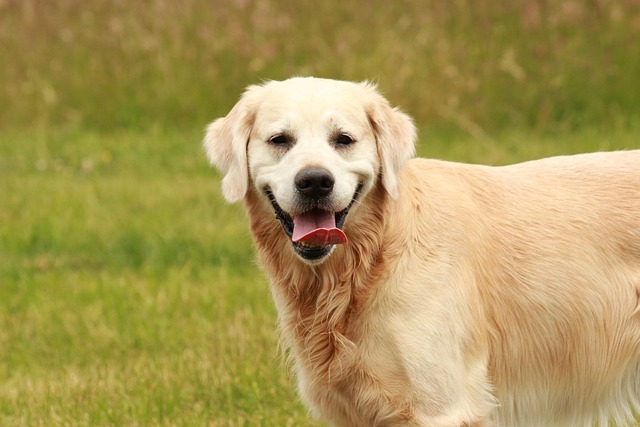
How do i train my dog to be obedient?
Watching your dog dart across the park ignoring your calls isn’t just frustrating—it can put them at risk near busy streets or public spaces.
Watching a border collie zip through weave poles or a poodle leap over hurdles at an agility competition can make any new dog owner wonder: When can my pup join in? Agility training—with its jumps, tunnels, and balance beams—isn’t just fun; it builds confidence, burns energy, and strengthens your bond. But timing matters. Veterinarians and trainers agree: your dog’s bones and joints need time to mature before tackling high-impact activities. Puppies, especially large breeds, have growth plates that haven’t closed yet—think of them as soft spots in a baby’s skull. Jumping too early can lead to long-term injuries like arthritis or hip dysplasia. So when is the right moment? It depends on their size and breed, but there’s a general timeline that keeps safety first.
For most puppies, the “pre-agility” phase starts around 8 to 12 weeks old—and you don’t need fancy equipment. This is all about building coordination and trust. Try games like “follow the treat” through a maze of dining chairs, or encouraging them to step onto a low, stable box (like a sturdy shoe bin). My neighbor in Denver does this with her Labrador puppy, using a folded towel on the floor to practice “paws up” without straining. These tiny challenges teach body awareness, which is key for later agility skills. If you live in an apartment, this works great—no yard needed. Just clear a small space and keep sessions short (5 minutes max) to avoid tiring their little bodies. And remember: Before joining any group training classes, your pup needs their full set of vaccines, including rabies—required by law in all 50 states. Most trainers won’t let unvaccinated dogs participate, and for good reason: it protects every pup in the pack.

As your dog hits 6 to 12 months, you can step up the game—but slowly. Small breeds (like terriers or spaniels) might be ready for low jumps (no higher than their elbow) around 9 months, while large breeds (think German shepherds or Great Danes) should wait until 12 to 15 months. This is when positive reinforcement becomes critical. When my friend’s Australian shepherd puppy napped through a tunnel for the first time, she cheered like they’d won a trophy and gave him a freeze-dried liver treat. Yelling or forcing them through obstacles? That’s a no-go. Not only does it scare them off training, but in states like Oregon, using physical punishment can violate animal welfare laws. Keep sessions playful: if they hesitate at a hurdle, lower it or skip it that day. And if you’re practicing in a community park, stick to quiet times—early mornings or weekdays—to avoid startling other dogs or kids. A calm environment helps them focus.
By 18 months, most dogs—regardless of size—have matured enough for full agility training. This is when you can introduce standard equipment: 12-inch jumps for medium breeds, longer tunnels, or weave poles spaced properly. But even then, listen to their body. If your dog limps after a session or avoids a certain obstacle, take a break. And always pack poop bags—whether you’re training in your backyard or a public field. In cities like Chicago, failing to clean up after your dog can result in $100 fines, but more importantly, it’s part of being a responsible neighbor. Agility should be a joy, not a chore. Start slow, reward generously, and let your dog’s personality shine—they’ll let you know when they’re ready to race.

Watching your dog dart across the park ignoring your calls isn’t just frustrating—it can put them at risk near busy streets or public spaces.

New puppy owners often find themselves rushing to clean up accidents before they set in, and that’s where puppy pad training becomes a game-changer.

If you've noticed your dog's waistline disappearing and your veterinarian has mentioned those few extra pounds, your first instinct might be to simply reduce the amount of food in their bowl.

Training a dog to use a designated spot indoors isn’t as daunting as many new owners fear, but it does take consistency and an understanding of your pet’s needs.

That moment of dread on a walk is all too familiar for many new dog owners. You see another dog approaching down the sidewalk of your neighborhood

If the sight of another dog on your neighborhood walk makes your heart sink as your own dog erupts into a frenzy of barking and lunging, you're not alone.